Clinical comparison of foreign body removal procedures using rigid bronchoscopy, fiberoptic bronchoscopy, and flexible electronic bronchoscopy
Jul 08, 2025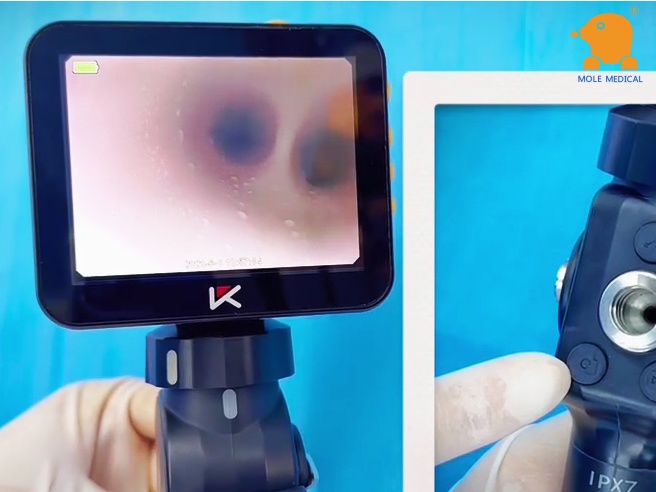
Bronchial foreign bodies are a common emergency in pediatrics. Clinically, bronchoscopy techniques are typically used to remove the foreign bodies. Currently, the three main bronchoscopy techniques each have their own characteristics, and among them, the flexible bronchoscopy shows unique clinical value in pediatric patients. This article conducts a clinical application analysis of all three bronchoscopy techniques, and the clinical application of the flexible electronic bronchoscope from Mole Medical is particularly prominent.
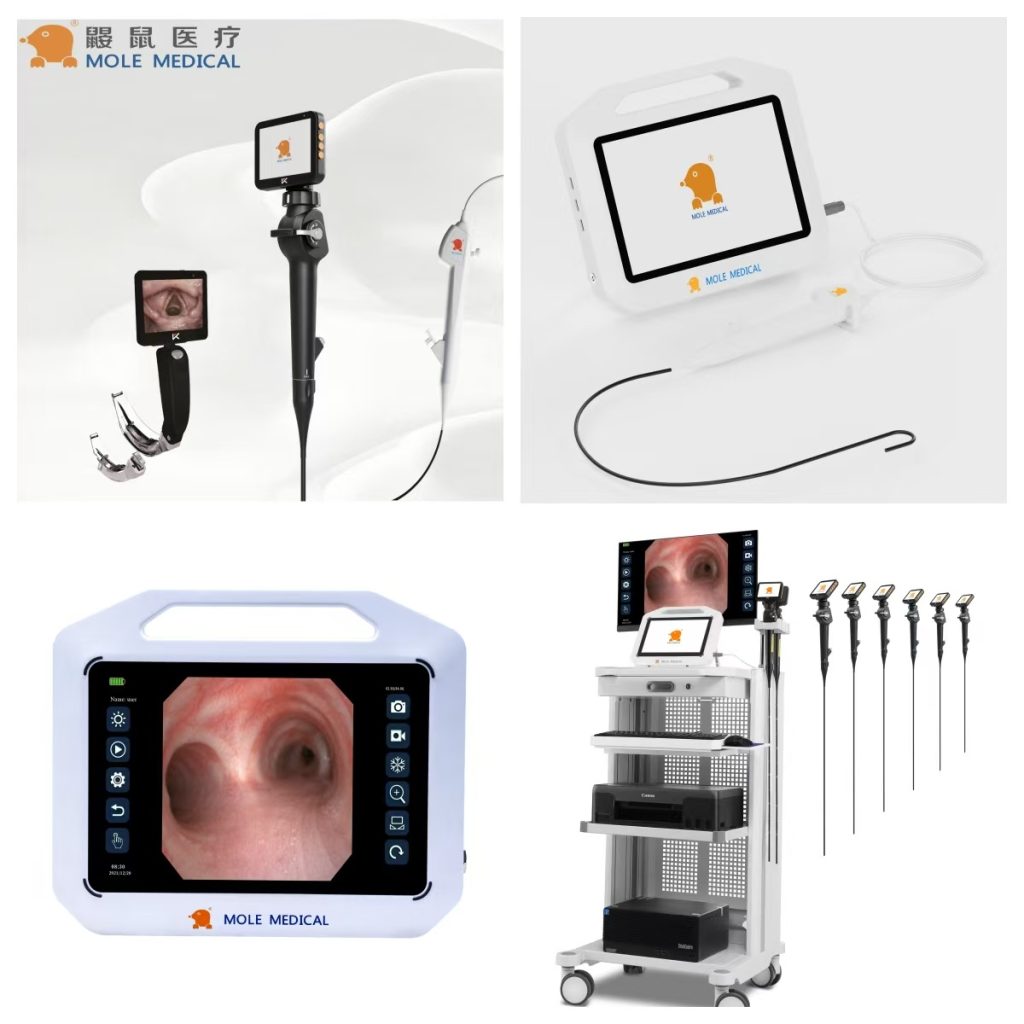
The rigid bronchoscopy, as a traditional technique, has the advantage of a large operating space, making it convenient for handling complex foreign bodies. Its rigid structure can maintain the patency of the airway, and the working channel allows the use of various retrieval instruments. However, the inability of the mirror body to bend limits the exploration of the distal bronchi and requires adjusting the head and neck position of the child during operation, increasing the risk of airway injury. Clinical data show that the postoperative complication rate of rigid bronchoscopy is relatively high, especially when dealing with peripheral bronchial foreign bodies, it has certain limitations.
Fiberoptic bronchoscopy has achieved significant breakthroughs in technology. Its flexible mirror body can explore more distal bronchi, improving the detection rate of deep foreign bodies. The optical fiber conduction system provides a relatively clear view. However, this technology requires high operator skills, and an unskilled operation may lead to an extended operation time. Additionally, the working channel of the fiber optic is relatively narrow, and its efficiency is limited when dealing with larger foreign bodies or when there is a lot of secretion.
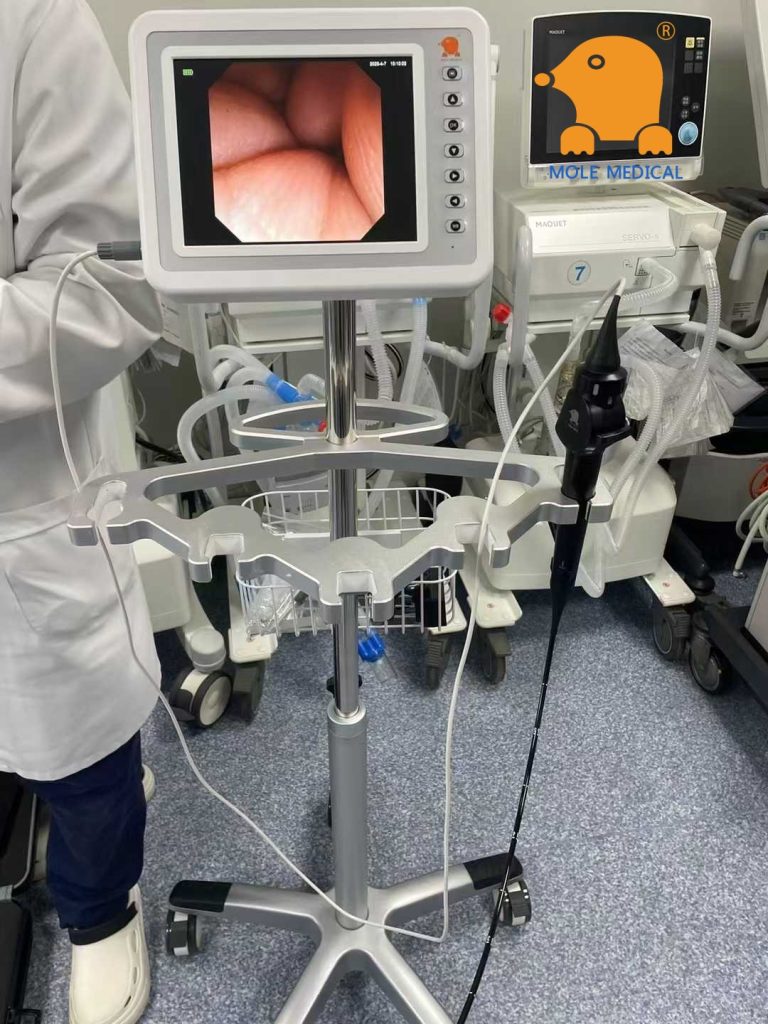
In contrast, the flexible electronic bronchoscopy combines multiple technical advantages. The electronic bronchoscope from Mole Medical’s high-definition CMOS imaging system provides high-definition vision, and the flexible mirror body design combines flexibility in exploration. Specifically, it is manifested as: (1) a wide range of upper and lower bending angles, which can reach most bronchial segments; (2) multiple specifications of mirror body diameters suitable for pediatric airways; (3) independent working channels supporting simultaneous aspiration and instrument operation. Clinical studies have shown that the flexible bronchoscopy maintains a comparable one-time removal success rate with other techniques while reducing the postoperative complication rate by 30%-40%.
In terms of anesthesia management, there are also differences among the three techniques. Rigid bronchoscopy requires general anesthesia and a deeper level of anesthesia; fiberoptic bronchoscopy can be operated under sedation, but the risk of child movement is higher; the flexible bronchoscopy provides more flexible anesthesia options, allowing for either general anesthesia or moderate sedation combined with local anesthesia for the operation, which is particularly important for children with other diseases. In addition, perioperative management is a key factor affecting the treatment outcome. After rigid bronchoscopy surgery, close observation of airway edema is required; after fiberoptic bronchoscopy operation, attention should be paid to complications such as pneumothorax; while the flexible bronchoscopy has a smaller trauma and simpler postoperative management, allowing for faster recovery of the child. Clinical statistics show that the average hospital stay of children using the flexible bronchoscopy is shorter by 1-2 days compared to the other two techniques.
From the perspective of technological development, flexible bronchoscopy is still undergoing continuous innovation. The latest model has a mirror body diameter further reduced to 2.8mm, while maintaining good operational performance. It is important to note that the choice of technology should be based on a comprehensive assessment. For airway entrapment foreign bodies, rigid bronchoscopy may have more advantages; for peripheral small foreign bodies, flexible or fiberoptic bronchoscopy is more suitable. Medical institutions should choose the most appropriate treatment plan based on the specific conditions of the child, the characteristics of the foreign body, and the technical conditions.
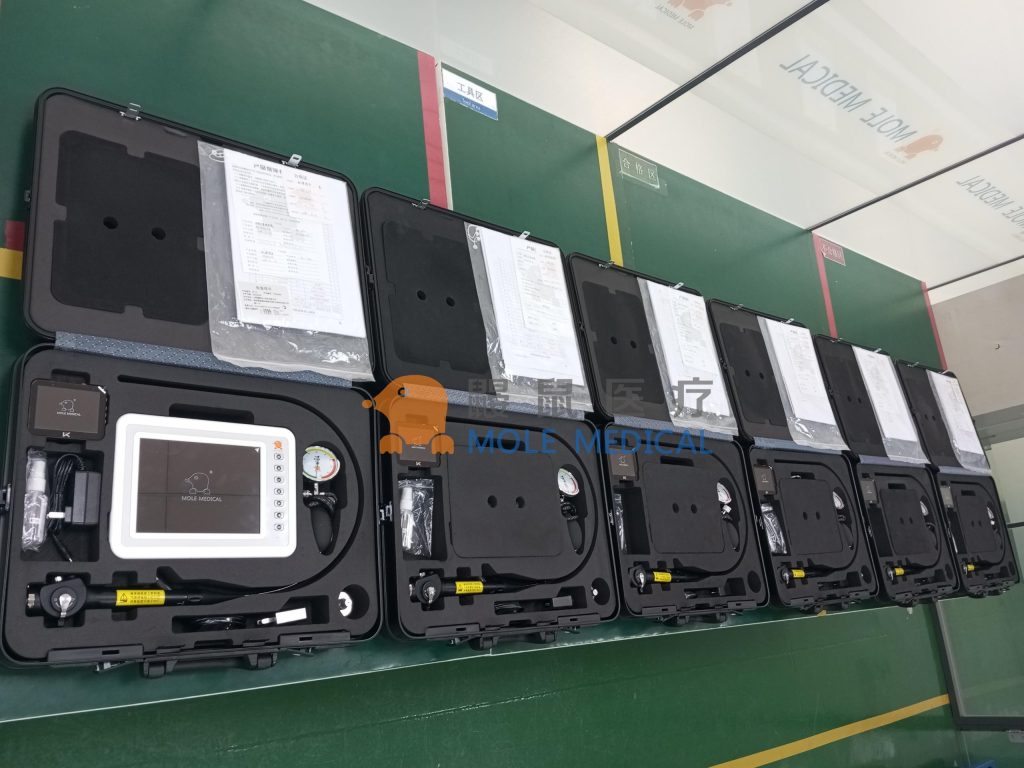
Overall, the three bronchoscopy techniques have their applicable scenarios, but the electronic bronchoscope from Mole Medical demonstrates outstanding comprehensive advantages in pediatric patients. Its flexible operation performance, lower trauma risk, and good anesthesia adaptability make it the preferred technique for bronchial foreign body removal in pediatrics. With continuous technological progress, flexible bronchoscopy is expected to play a more important role in the diagnosis and treatment of respiratory diseases in children.
Categories
Latest Articles

Disposable Nephroscopes: Redefining Safety & Efficiency in Urology
Introduction The shift towards minimally invasive urological surgery has found a pivotal ally: the disposable nephroscope. As traditional reusable scopes grapple with persistent biofilm contamination risks and soaring sterilization costs, the global medical community is rapidly adopting single-use solutions. This article analyzes the clinical value, technological evolution, and dynamic innovation landscape driving this transformative shift. ... Read more
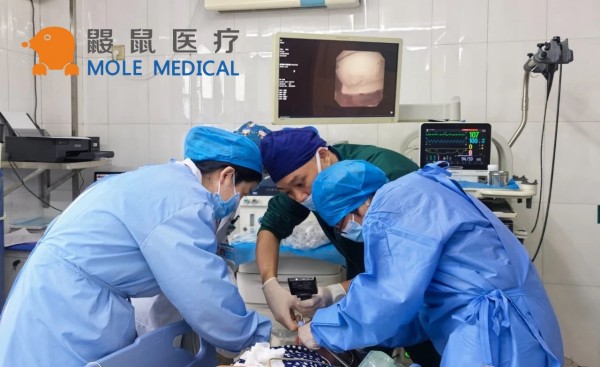
Disposable Video Laryngoscope Blades: The Ultimate Solution for Preventing Cross-Contamination
In the operating room, as the cold light of a video laryngoscope illuminates a patient’s airway, an age-old medical challenge is being redefined: How can life-saving instruments avoid becoming vectors of infection? Jiangsu MoleMedical drives an innovative safety revolution—replacing reusable devices with single-use, sterile laryngoscope blades that create a pure barrier for critical airways. Traditional video ... Read more
-2.jpg)
FDA & CE Approved Video Laryngoscope: What Makes It Stand Out?
Introduction In high-pressure emergencies and precision-driven operating rooms, video laryngoscopy is revolutionizing airway management. Mole Medical’s FDA and CE-certified technology replaces tactile-dependent “blind intubation” with real-time visual navigation – enhancing safety, accuracy, and clinical outcomes worldwide. Why Certification Matters Mole Medical’s dual certifications validate its global compliance and performance: FDA Clearance: Rigorous validation of safety/efficacy ... Read more

Mole Medical Showcases Advanced Endoscopy Solutions at CMEF Autumn 2025, Driving Global Partnerships
Guangzhou, China – September 26-29, 2025 – The 92nd China International Medical Equipment Fair (CMEF Autumn) concluded successfully on September 29th at the Canton Fair Complex in Guangzhou. Mole Medical Technology Co., Ltd. (Mole Medical) made a significant impact at the event, drawing global medical professionals and partners to its booth (Hall 2.1, Stand Q24) ... Read more

How to Use Disposable Ureteroscopes Safely and Efficiently
In the field of urology, the application of disposable electronic ureteral-kidney pelvis endoscopy catheters is leading the technological innovation in minimally invasive surgeries. According to the 2024 multi-center research data from China’s urology department, among the over 5,000 surgeries included, the patient group using disposable catheters performed significantly better in key indicators such as operation ... Read more



